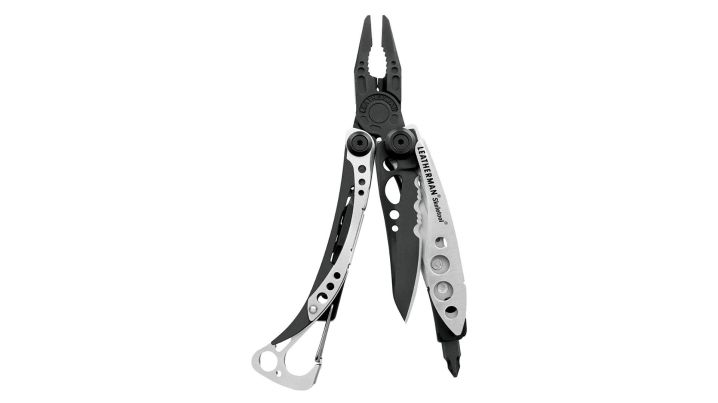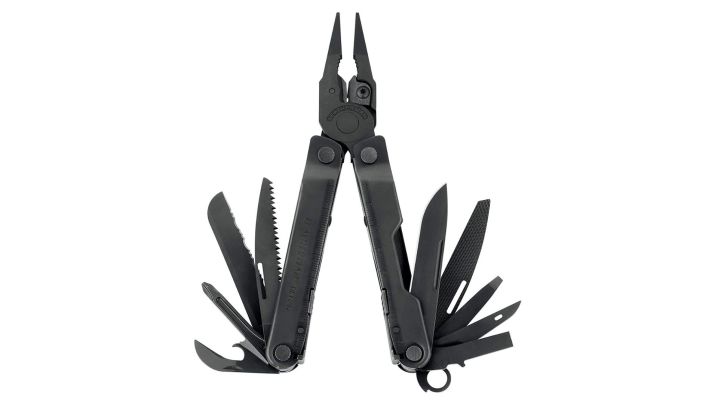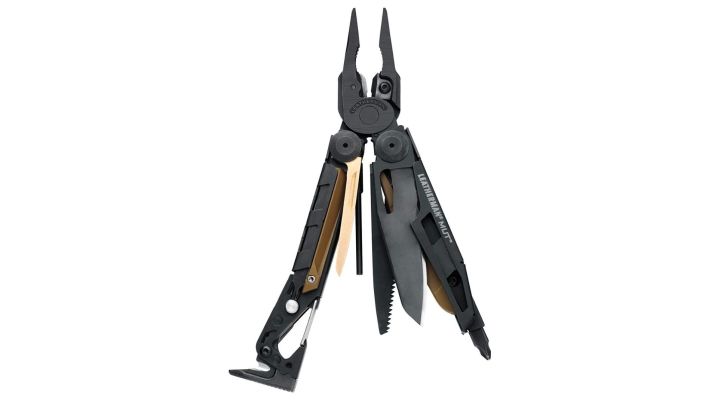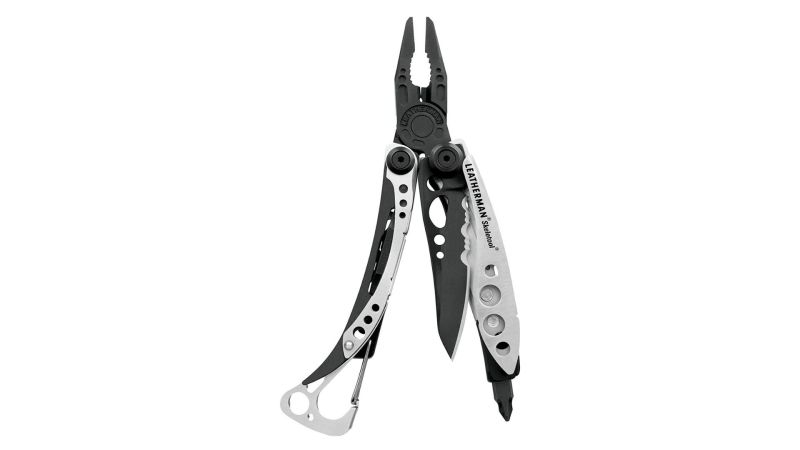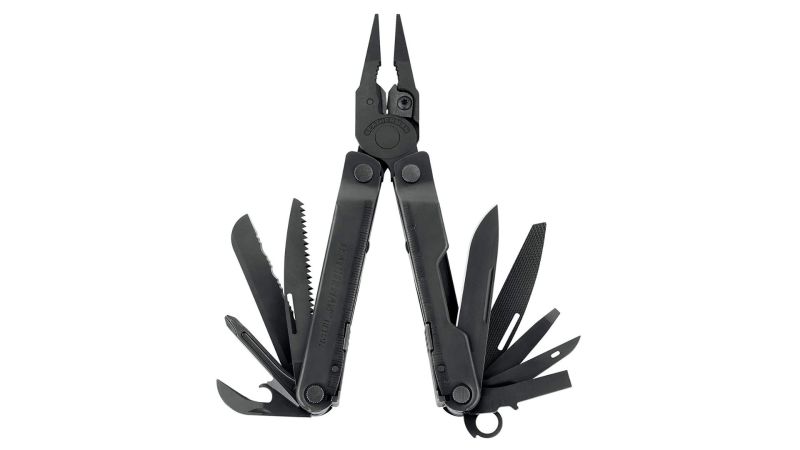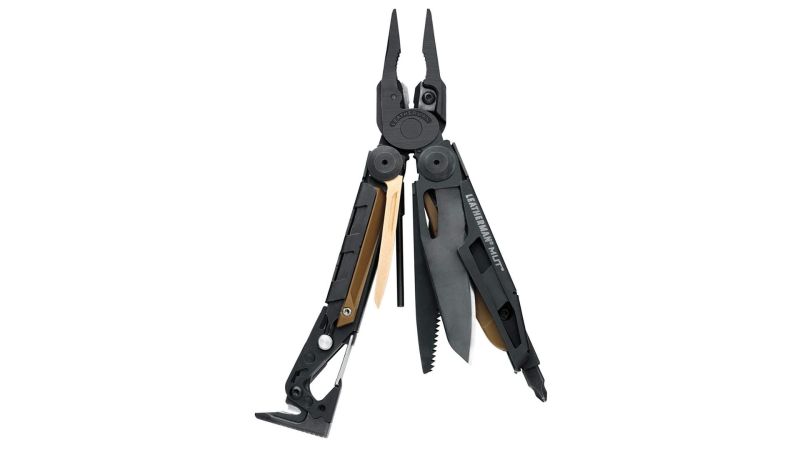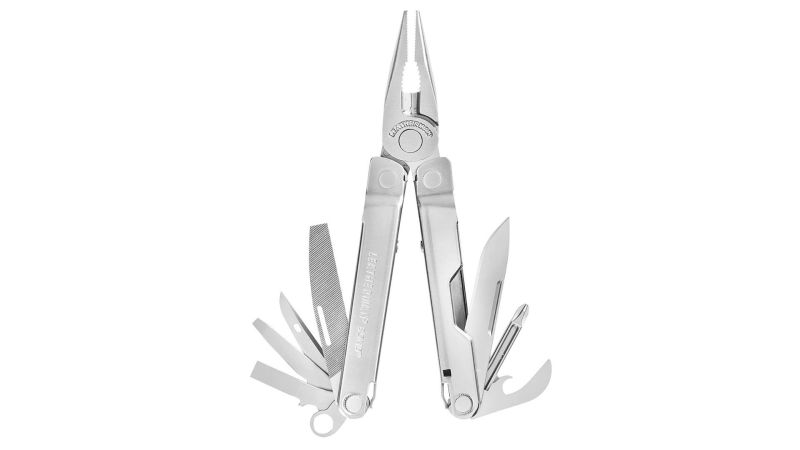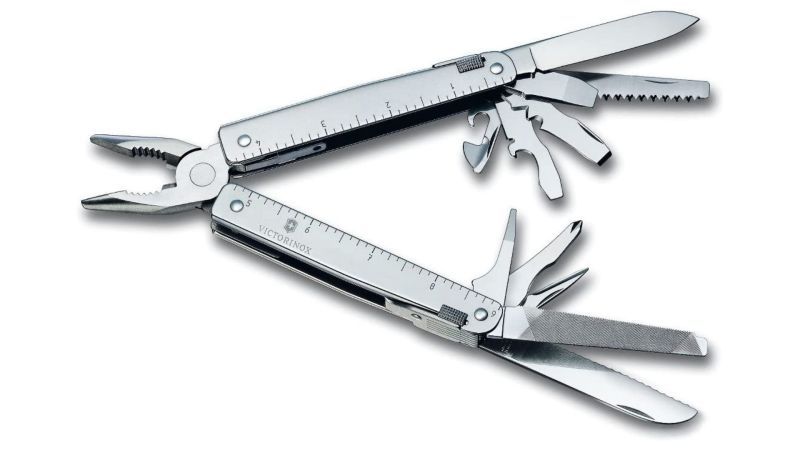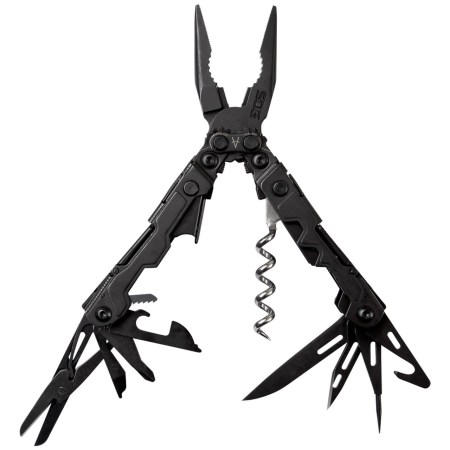We may earn revenue from the products available on this page and participate in affiliate programs.
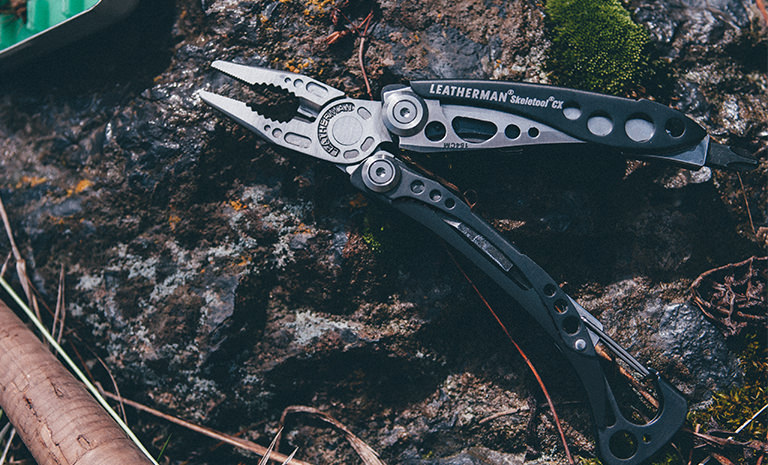
I have a love-hate relationship with multitools. When there’s a task to be done, whether it is stripping electrical wire, driving a Phillips head screw without stripping it, or cutting through oak dowels, I prefer proper electrician’s pliers, Phillips head screwdrivers, and carpentry saws. What I’m not looking for are compact tools ill-suited for the task that are jumbled up in a clumsy, heavy, metal contraption. The best multitools are elegant in their simplicity, but they are few and far between.
But, when I’m far from my workshop, I have to admit, a good multitool does come in handy. The great astrophysicist and astronomer Carl Sagan once said, “The uniqueness of humans has been claimed on many grounds, but most often because of our tool-making, culture, language, reason, and morality.” Our tool use is one of the main things that differentiates us from other animals on the planet and humans have carried and used multitools for millennia. One of the earliest known multitools has been dated to the Middle Roman period in the 2nd Century CE, and everyone’s familiar with the Swiss Army knives first made by Victorinox in 1897 and popularized during World War II with their iconic red handles. Admit it, you were fascinated by these things as a kid — and while they’re not the most ergonomic or specialized tools, they are pretty handy.
Let’s fast forward to 1975 when a mechanical engineer by the name of Tim Leatherman set out to design a Boy Scout knife with pliers. He prototyped the hell out of his idea and persisted through eight years of rejection before he partnered with his college buddy, Steve Berliner, and changed the multitool market for good in 1983 when he shipped his first 500 multitools to Cabelas. When I joined the Marines in the mid-1990s, Leatherman tools were the rage and every boot second lieutenant at The Basic School rushed out to get one. Having just backpacked through Spain, I went with the European variant and bought a Victrorinox Swisstool. It ended up being just another heavy, overbuilt hunk of metal in an ALICE backpack already overstuffed with more heavy, overbuilt Marine Corps gear. I rarely used anything more than the blade and the scissors in the field, so I ditched it for a Spyderco Endura knife to save weight.
With all that said, multitools remain very popular with members of the military and veteran communities, so your loyal team of gear reviewers here at Task & Purpose tested a selection of the best multitools in order to help you sort the truly useful from the trash.
Top Pick
Leatherman Skeletool
Best Value
Leatherman Rebar
Best Premium
Leatherman MUT
Best Budget
Leatherman Bond
Honorable Mention
Victorinox Swiss Tool
Honorable Mention
Gerber Multi-Plier 600
Honorable Mention
SOG PowerLitre
Why you should trust us
The reviewers here at Task & Purpose test the products we review at home and in the field. We have years of experience living and working outdoors with the tools we recommend. We don’t get paid by the manufacturers and have editorial independence. Our editor leaves it to us to recommend and prints what we write. All of this enables us to provide you, our valued readers, our unvarnished, honest opinions on the recommendations we make. Learn more about our product review process.
Key features of multitools
Multitools are as diverse as the jobs they perform. What’s best for another person might not be what you need, so compare several different styles and determine which option you prefer. That said, multitools are typically built around the core combination of pliers and knives and usually offer additional features such as:
- Wire cutters: regular and hard wire
- Screwdrivers: Phillips and flat
- Saws: wood and metal
- Openers: can and bottle
- Reamers
- Punches
- Awls
- Wire strippers
- Wire scrapers
- Rulers
- Other less common features like hammers and wrenches
Pros and cons of multitools
Pros
- Portability. Multitools are essentially pocket-sized tool boxes offering a wide range of utility in a compact, lightweight package that can be clipped to a pocket or placed in a pouch on a belt.
- Convenience. The tools are easy to access and use
- Cost-Effective. For the functionality, purchasing a multitool is generally cheaper than buying each tool individually.
- Generalization. They are great for simple tasks.
Cons:
- Lack of Specification. If you need a specific, specialized tool, you typically won’t find them in a multitool.
- Less Efficient. Full-sized tools enable greater effort to output efficiency (e.g., a 16-inch wood saw vs. a 3-inch wood saw).
- Ergonomics. Full-sized tools typically fit better in the human hand.
Multitool pricing
When reviewing the range of multitools available, we’ve found them in the $12 to $170 price range. Low-end multitools are typically cheaper than $50. Mid-range are found between $50 and $80, and premiums are $80 and up. Our recommendations are big on all-metal construction. As you move up the food chain, you’ll notice more robust materials, hearty weather-resistant coatings, and finer machining on each component. Just remember that getting the right tool for the job is more important than maxing out your budget. You might be able to get everything you need without spending top dollar.
How we chose our top picks
All of the multitools recommended in this review were field-tested by your trusty crew of Task & Purpose gear reviewers. We take our time to get to know the strengths and weaknesses of each device and also check out the reviews of other experts just to make sure we’re not missing anything.
